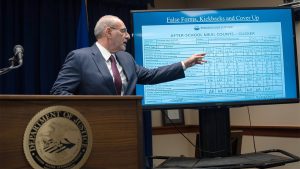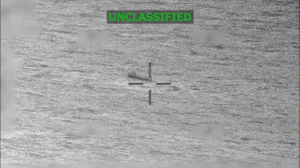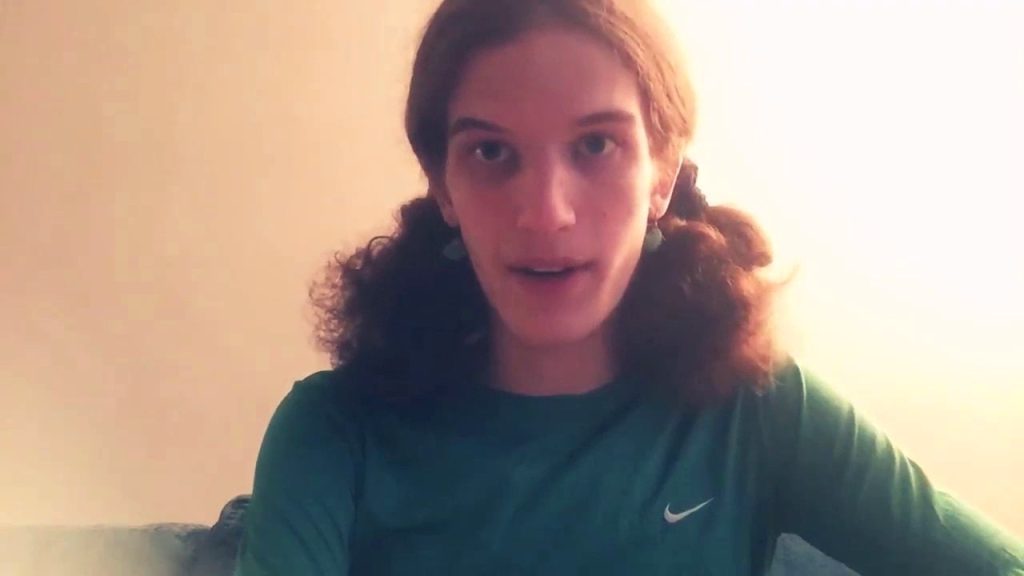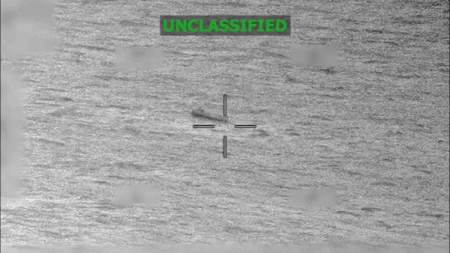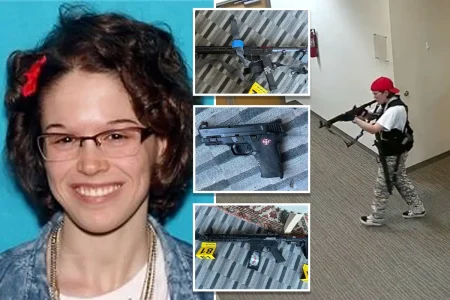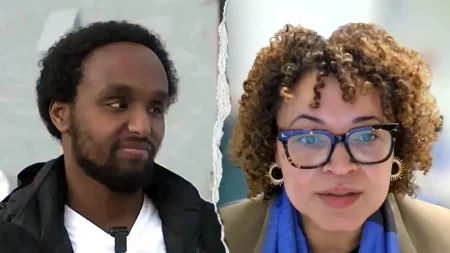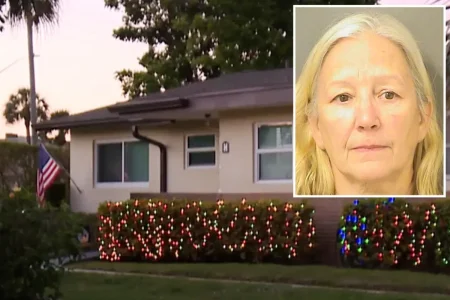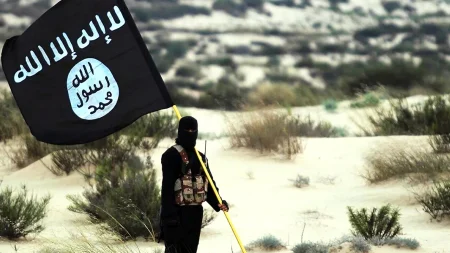The Minneapolis Church Shooting: A Community’s Heartbreak
In the quiet Minneapolis neighborhood where Annunciation Catholic Church has stood for generations, an unthinkable tragedy unfolded on the morning of August 27, 2025. Robin Westman, a 23-year-old former student of the church’s school, opened fire during Mass, killing two children and injuring eighteen others before taking their own life. The community now grapples with immeasurable grief while investigators piece together the troubled life of someone who, according to authorities, was “obsessed with the idea of killing children.” As details emerge about Westman’s tumultuous personal journey and meticulous planning, a disturbing portrait has formed of someone whose hatred seemed directed at nearly everyone, with a particular admiration for notorious mass shooters.
The path that led to this tragedy appears marked by significant personal upheaval. Born as Robert Westman, Robin’s parents divorced when she was 11 years old in 2012, with her mother Mary Grace becoming her primary caretaker. Police records show concerning incidents in the family’s suburban home, including a “criminal offense” in 2016 and a mental health incident involving a juvenile welfare check in 2018. In 2019, with her mother’s approval, Robert legally changed her name to Robin, as court documents indicate she “identifies as female and wants her name to reflect the identification.” Mary Grace Westman, who had worked at the church school for several years, retired in 2021. In the summer of 2025, following a breakup with a romantic partner, Robin moved in with a friend in St. Louis Park, possibly just weeks before the shooting.
The planning for the attack appears to have been deliberate and calculating. In July and August of 2025, Westman visited Annunciation Church multiple times, telling people she was trying to reconnect with her faith. These visits were later revealed to be reconnaissance missions to scout the location. Just eleven days before the shooting, on August 16, Westman left her job at RISE dispensary, where she had worked as a “personal care specialist” helping patients in a medical marijuana program. A former coworker cryptically told reporters that “recent events have been the catalyst for this thing [Westman] has been planning for a long time,” suggesting that those who knew her may have noticed warning signs. The day before the shooting, in an apparently unrelated incident, police conducted a welfare check at Mary Grace Westman’s Florida condo regarding a child and mother who had previously lived there.
On the morning of August 27, dressed entirely in black, Westman arrived at Annunciation Church just before 8:30 a.m. and opened fire from outside the building. She fired more than 100 rounds from four legally purchased firearms, killing 8-year-old Fletcher Merkel and 10-year-old Harper Moyski, while injuring eighteen others, including fifteen children. Police later credited the church’s locked doors with “likely saving countless lives,” as the shooter could not enter the building. Law enforcement responded within minutes, and by 9:00 a.m., they had confirmed there was no further threat, with Westman dead by suicide at the scene. That same afternoon, police executed search warrants at Westman’s residence in St. Louis Park, while FBI agents visited Mary Grace Westman’s Naples, Florida home, though she wasn’t present when they arrived.
The investigation has revealed disturbing insights into Westman’s mindset. Acting U.S. Attorney Joe Thompson stated that Westman “expressed hate towards almost every group imaginable,” including Black people, Mexican people, Christians, and Jewish people. “In short, the shooter appeared to hate all of us. The shooter’s heart was full of hate,” Thompson explained. “There appears to be only one group that the shooter didn’t hate. One group of people who the shooter admired. That group were the school shooters and mass murderers that are notorious in this country.” This has led the FBI to investigate the attack as a hate crime. Mary Grace Westman has since hired attorney Ryan Garry, who stated she is “completely distraught about the situation and has no culpability” but has refused to cooperate with investigators.
The community of Minneapolis now begins the painful process of healing while seeking answers that may never fully come. For the families of Fletcher Merkel and Harper Moyski, two children whose lives were cut tragically short, and for the eighteen others who were injured, questions about why this happened may provide little comfort. Fletcher’s father called Westman a “coward” who took the life of his 8-year-old son during what should have been a peaceful Mass. As this community mourns, they join too many others across America who have experienced the devastating impact of mass violence, particularly in places once considered sanctuaries. The investigation continues as authorities work to understand all factors that led to this horrific event, hoping to prevent similar tragedies in the future while a community struggles to make sense of the senseless.
